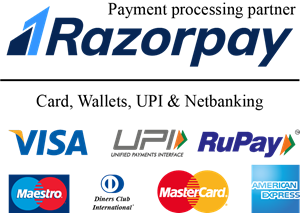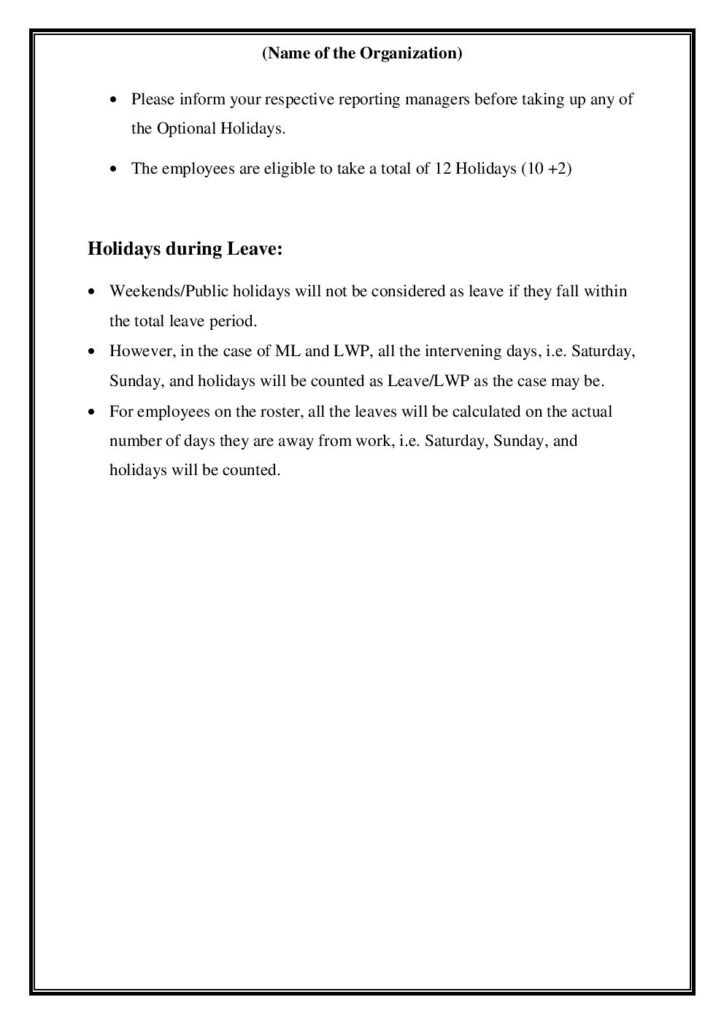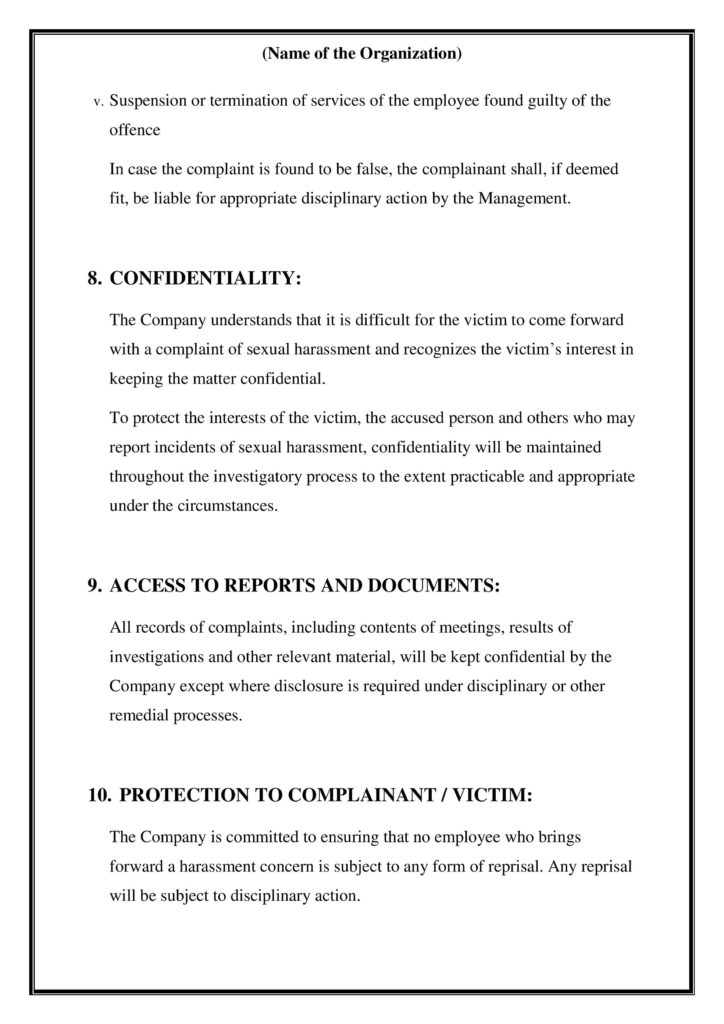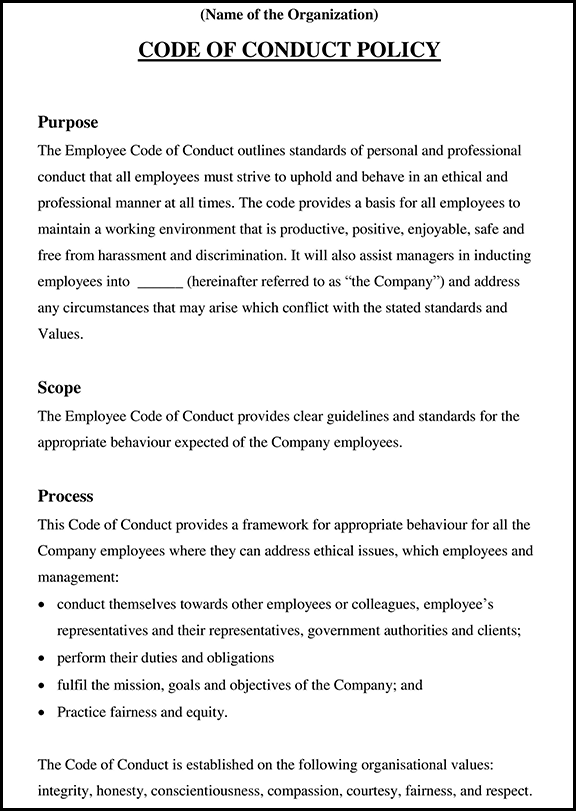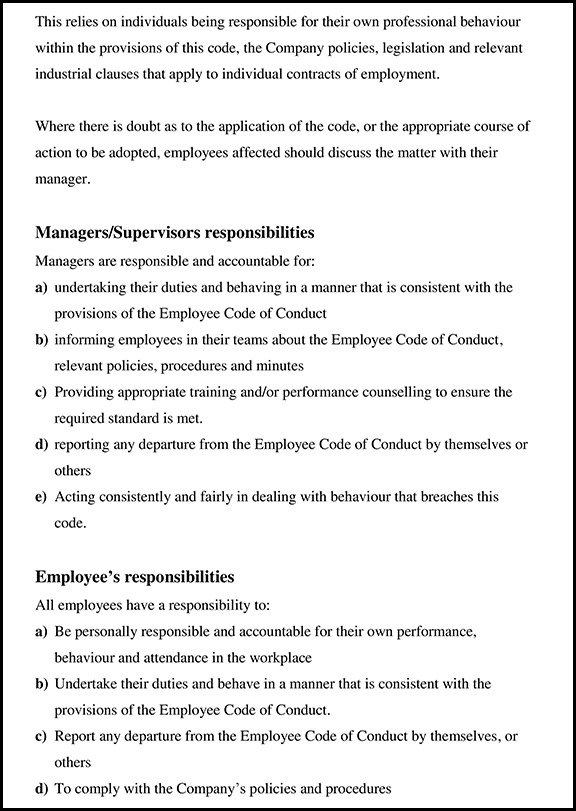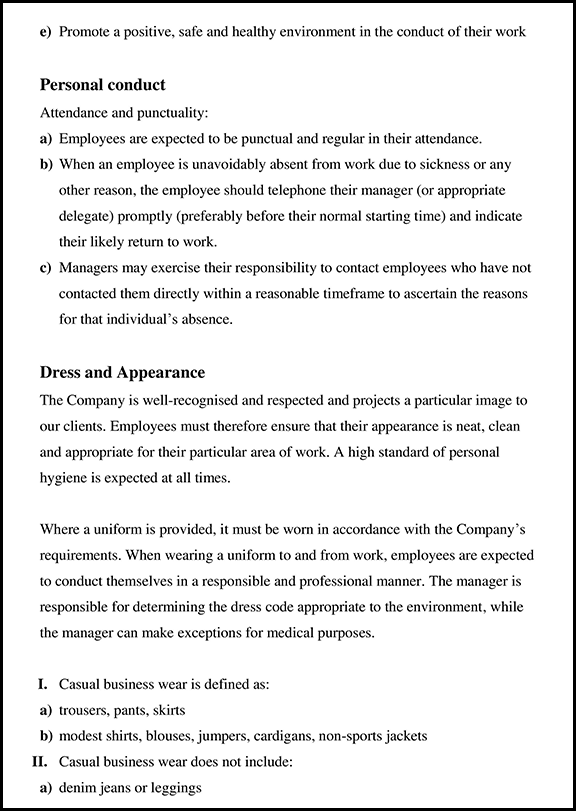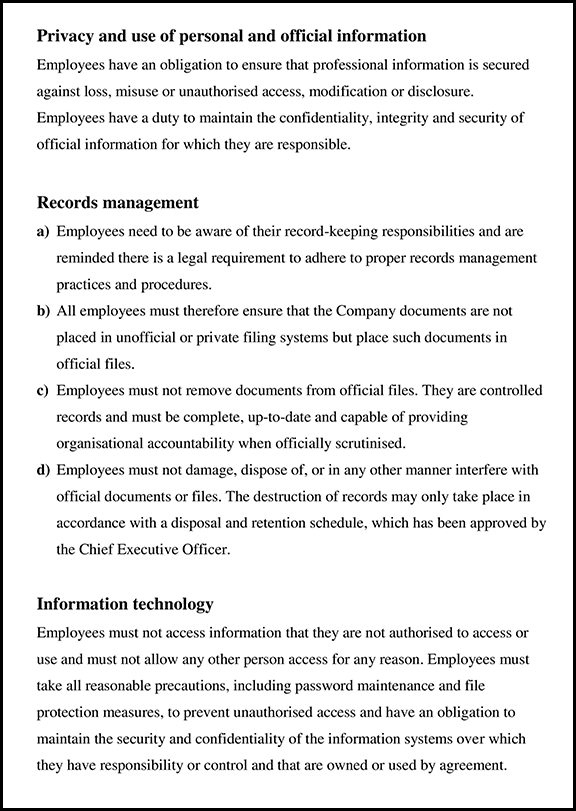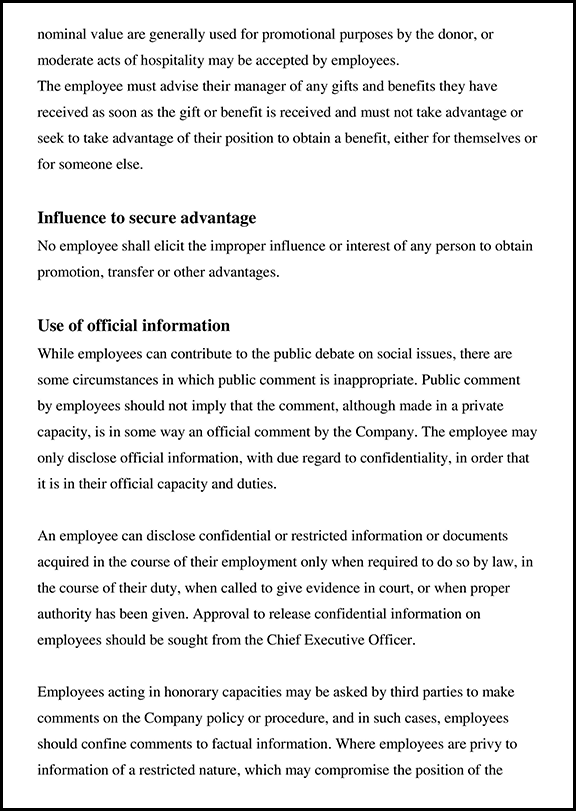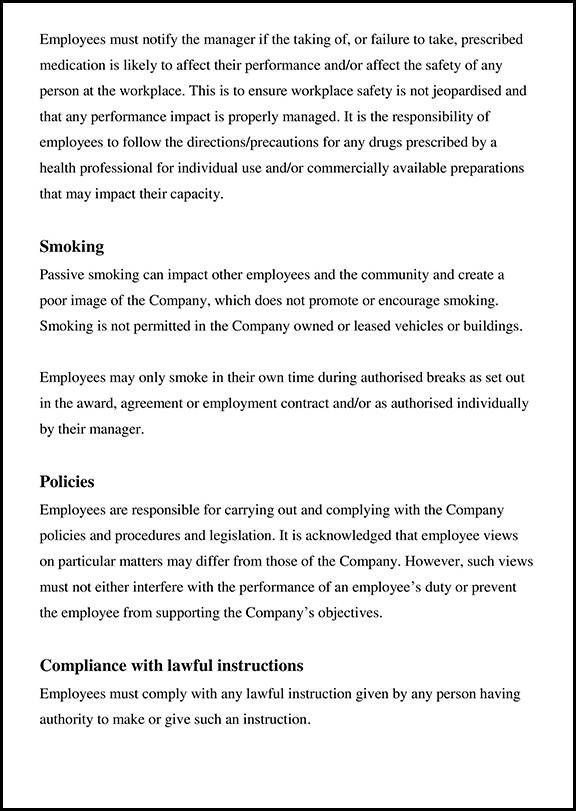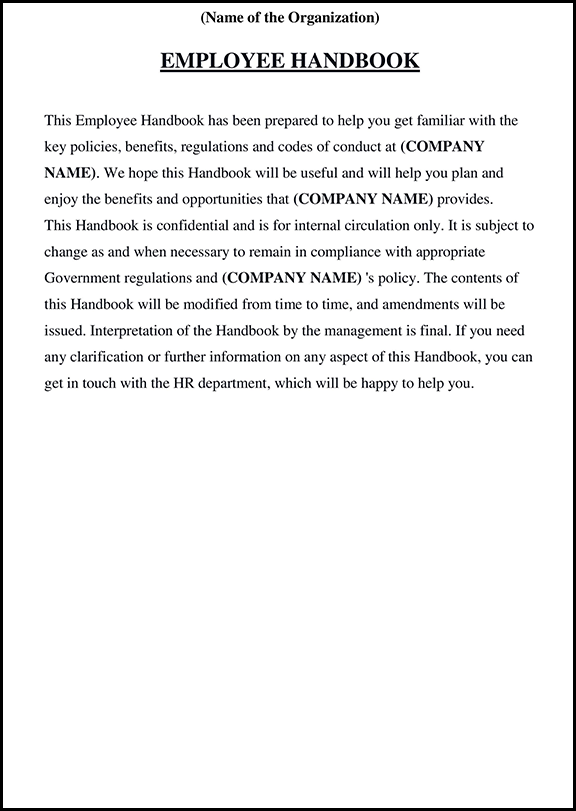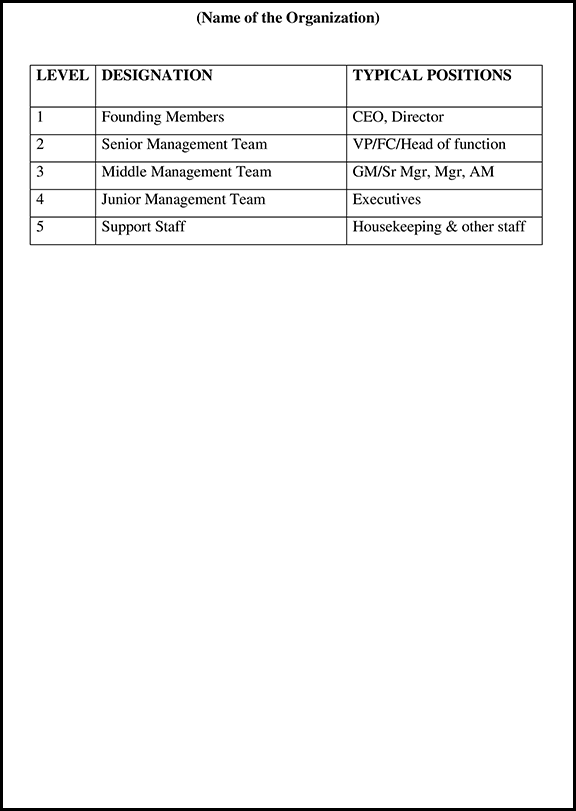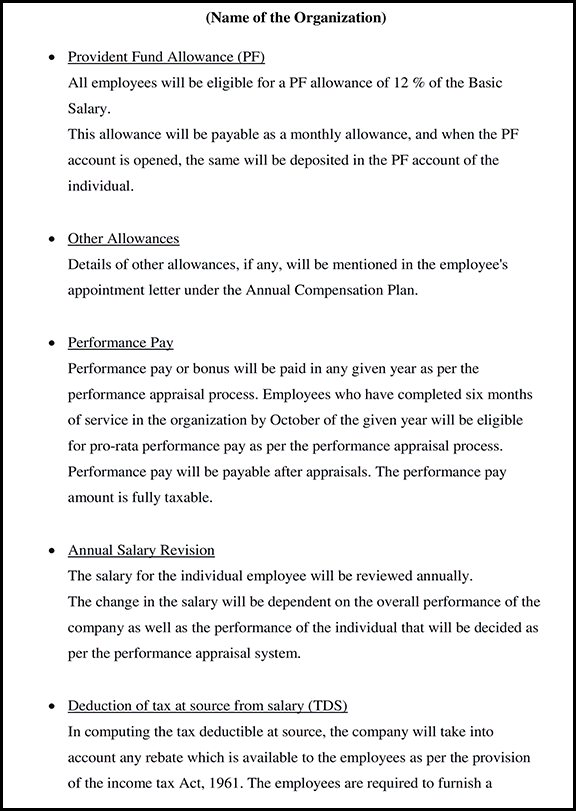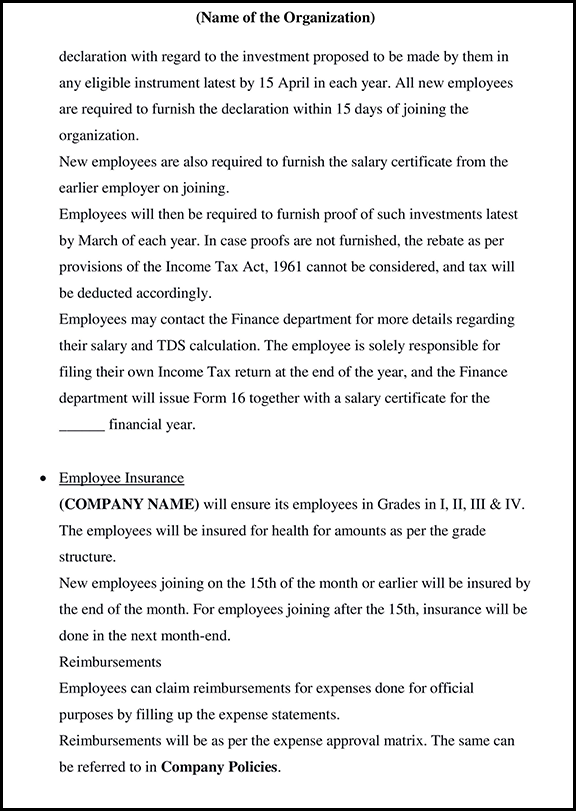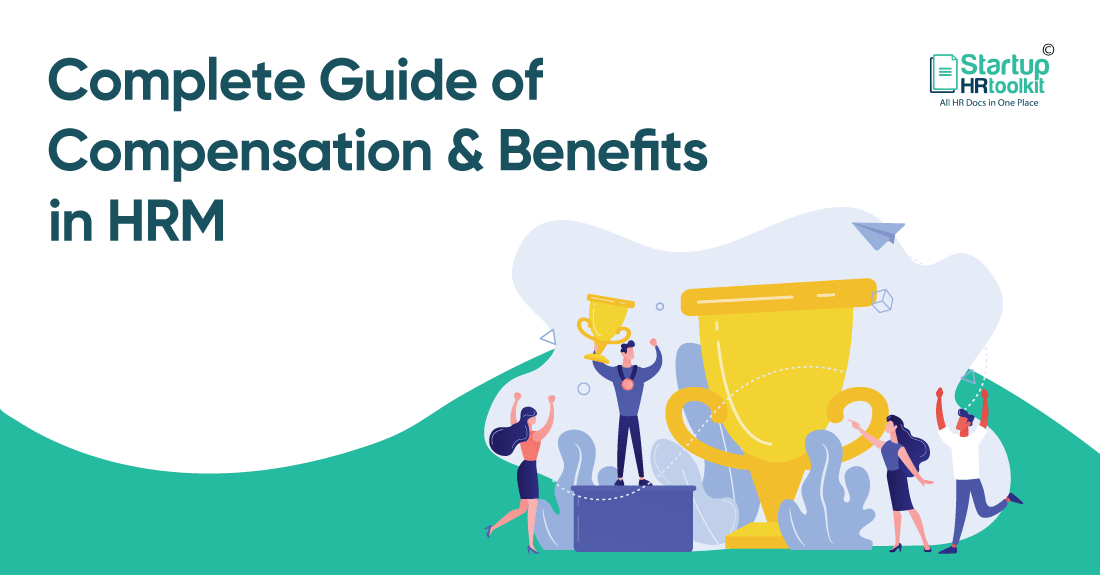
What is Compensation and Benefits in HRM Objectives, Examples
Table of Content
1. What is Compensation and Benefits
2. Objectives of Compensation and Benefits
5. Significance of the Compensation and Benefits in HRM
6. Calculate the Compensation and Benefits in HRM
7. Simon Sinek’s Compensation Model
9. Benefits and Employees Motivation are Interrelated
10. Conclusion
What is Compensation and Benefits in HRM?
Compensation and Benefits in HRM refer to the salary, monetary, and as well as non-monetary privileges provided to the employees at the workplace by the organization. It is a primary tool of the Human Resource Managers to bring out the best potential of the employees in their work. It works in a way – ‘Better is the compensation & benefits, better is the performance and retention!’ From internal motivation to the higher level of productivity, Compensation and Benefits does it all!
Companies with better Compensation and Benefits plans are on the verge of stealing your employees because workers always look to switch to the organization’s having better salary structures, compensation, and other benefits like health insurance. Everything related to the company’s work culture and benefit plans can be easily found online, especially Glassdoor. Each experience faced by employees from monetary to non-monetary terms is present in online reviews about the company.
Also, such information helps employees weigh the pros and cons of working with the company, which leads to their decision-making about joining the company by evaluating the online data. Henceforth, the new talent can either get attracted or distracted by seeing those reviews online. The more you keep your internal employees happy with the reasonable Compensation and Benefits programs, the more good word of mouth they will spread for your company.
In order to ensure competitive and fair pay that will attract new employees and retain existing ones, you need to utilize suitable resources in order to build a comprehensive compensation structure. Compensation data tools based on real-time data for markets can empower you to implement compensation and benefits in line with the standards of your industry.”
According to Dale Yoder, – ‘Compensation and benefits simply mean paying people for completing the task allocated to them.’
According to Cascio, – ‘The term compensation signifies paying the direct cash amounts or an indirect amount via providing benefits to employees to strive for higher productivity in the organization.’
Compensation plays a significant role in Human Resource Management to boost the overall performance and effectiveness of the employees working in the organization. Compensation is at the heart center of every company! Like heartbeat is one of the primary components for human survival, benefits availed via settlement keep employees survive or retain for the long term in the companies. It usually motivates employees in various unseen ways, reinforcing them to provide more than 100% effort to earn more and more such rewards. Providing compensation to the breadwinners in the organizations has been in practice for years now in the industries today.

According to the HR research-based reports, – ‘80% of managers believe that compensation is the necessary reward not because it costs money but because 90% of employees look for such small details, including compensation as a primary part before joining and leaving the companies.’
The various legit surveys taken from the employees stated that – ‘Compensation in the multiple attire encourages the employees for taking care of their extra monthly expenses, contributes to savings, copying up with the inflation rates and much more!’
Several employees also work according to the reward they get paid for the work done apart from the salary. It’s a bit obvious that nobody will put effort into moving a few extra miles at the same wage.
Companies need to ‘give extra, to get extra’ – the strategy is as simple as you may think!
This blog will get served with all the mandatory details you need to know about the Compensation and HRM benefits.
Objectives of Compensation and Benefits

The employer’s and employees’ views are pretty different concerning compensation and benefits. The employers want to pay the amount as minimum as they can to save the company’s cost. On the other hand, the employees want to get as much as they can. Therefore, the objectives of the compensation management are formulated for addressing and fulfilling the needs of the employers and the employees to come to a common point.
Multiple objectives are associated with Compensation and Benefits. Understand all of them one by one below:
1. Control the incurring costs of the organization.
2. Follow the labor laws or wage system by acknowledging the legal provisions To bring an easy understanding of salary structure and other benefits by the staff of the company.
3. To enhance the overall motivation of an employee.
4. To improve the comprehensive company’s ranking on social platforms in terms of employee motivation and satisfaction.
5. Competent compensation for reinforcing the reward winning behavior Balance in pay structure also helps in attracting the right and creative talent.
6. Long Term Retention of the employee.
7. Payment must meet the employees’ overall needs and expectations in return for the work done.
Types of Compensation
Compensation can take place on Monetary and Non-Monetary terms.
1. Direct Compensation
It enables the employers to make sure that employees are getting paid without any biasedness inside the premises of an organization. All the benefits, including the employees’ salary as well as health-related benefits, are included in this type of compensation.
It keeps the threat of ‘cost incurred loss’ away from the employer’s minds that a well-trained employee might leave the organization to the competition.
Multiple Monetary forms of compensation include the following
1. Bonus
2. Employee rewards and recognition,
3. commission on sales,
4. Sharing of profits,
5. Paying for working overtime etc.
2. Indirect Compensation
Indirect compensation indirectly motivates the employees. It doesn’t involve the direct transfer of the money between the two parties. Instead, the employees are helped with multiple other beneficial things instead of getting benefits in cash. It eventually creates a sense of belonging and admiration by the company, keeping them away from the front of leaving the organization.
Non Monetary forms of compensation include:
1. Internet reimbursement
2. Mobile phone reimbursement,
3. Public recognition
4. Transfer facility
5. Promotion opportunities
6. Paid house for stay by the company, as well as
7. Company car for traveling office.
8. Free scholarship for an online courses.
Components of Compensation
Understanding as well as researching the Compensation model followed by a specific company well in advance has become essential for determining how long an employee will plan his journey inside the organization. Also, its components help the new joiners to get a brief idea about how well the compensation model company holds.
The various Components of Compensation includes the following:
1. Analysis of Job
Job Analysis comes into the picture when you do the detailed process of analysis of the job. It further gives way to formulating the description of a specific job. Various techniques are used while analyzing the position, i.e.,
1. Questionnaires
2. Interviews
3. Observation
2. Description of Job
Job Descriptions – plays a crucial role by being the most vital component of the entire selection system of a candidate and their compensation.
Descriptions of the different jobs are made differently, or for the same profiles, Also, it’s made as one for the whole family. Job Descriptions are mainly responsible for determining the numerous aspects of a single job as a whole.
Some of these elements are mention below:
1. Duties
2. Responsibilities
3. Environmental conditions
4. Requirements
5. Functions
6. Location
3. Evaluation of Job
 Candidates often feel the comparison of different jobs is quintessential. It allows them to have a basic idea about the compensation model followed by various companies for the same profile. Once the candidate makes the comparison, he selects the best suitable company in terms of compensation level.
Candidates often feel the comparison of different jobs is quintessential. It allows them to have a basic idea about the compensation model followed by various companies for the same profile. Once the candidate makes the comparison, he selects the best suitable company in terms of compensation level.
Four different techniques used for evaluating a particular are mentioned below:
1. Factor Comparison
2. Ranking
3. Point Method
4. Classification
4. Pay Structures
The pay structure allows the companies to standardize the overall compensation strategy. Also, it often comes up with the grading system. Here, each grade comprises the minimum fixed salary, and with the increase in it, the compensation takes a peak too under the predefined maximum range of it.
Union-level positions have the predefined pay for a particular job through collective bargaining. In this, the compensation pays step increments as a usual standard set by the company.
5. Salary Related Researchers and Surveys
Salary-related surveys are customarily conducted aiming to gather the overall market data based on the salary. We all know that data is everything. Here, what happens is that the companies are eager to buy the data based on the surveys done regarding the salaries via survey companies.
They also conduct their surveys in exceptional cases, which gives them a fair idea about the competitive salary and ongoing salary trends in the market. All of these surveys conducted are specific to industries or a geographical area or an amalgamation of all. It is wholly based on the client company on what type of survey they are looking for as per their requirements.
The survey generally includes the following:
1. Inflation Rates
2. Average of the Salary Budgets
3. Average Salaries to date
4. Cost of Living
Emerging Role & Significance of the Compensation and Benefits in HRM
The company following healthy Compensation and Benefits practices can accomplish its goals even faster. It is because everything is connected; ultimately, employees’ happiness decides their dedication towards the work.
Such features can also help the companies to ensure employee retention and overall satisfaction. The compensation and benefits holds a significant role in the HRM part of the organization and can provide an enormous advantage to the company in the following listed ways:
1. The entire process of evaluating the job gets strengthen and also, adopting compensation and benefits measures.
2. It, in turn, helps to design more realistic and achievable targets or goals for the employees.
3. It enriches the bond of colleagues working with each other. It leads to motivated employees putting in the best of their efforts because they feel satisfied and fitted to the organization.
4. Compensation and Benefits design and implementation based on labor laws. Because of this, the chance of conflicts or unnecessary arguments between the coworkers comes to an end before it even starts. Overall, it leads to a peaceful working atmosphere and a healthy professional relationship between the employer and the employees.
5. It enables the employers to retain the promising talent of the company. And no company would expect the employee to leave so soon after they have trained them well. Henceforth, such Compensation and Benefits schemes allow employees to retain and stick to the company for the long term without getting distracted from the outside offers.
6. Compensation and Benefits act as a paycheck or a refund to the employees for all the hard work and efforts they have put into the organization.
7. The better the Compensation and Benefits plan, the better will be the efficiency of the employees. Workers are driven by the factors that make them feel happy about everything while adhering to the organization. Such plans ensure the employees become the best version of themselves and show 110% dedication towards their work.
Ways to Calculate the Compensation and Benefits in HRM
Organizations generally hold the liberty to design the minimum wages according to their businesses, though the government has developed the standard minimum wages across industries. However, in human resource management – HRM, the human resources managers usually design the compensation as per the ongoing market rate they pay to the employees after completing a specific task weekly, fortnightly or every month.
Employees are generally not transparent about their monthly take-home salaries or the variable components of it. Henceforth, the specific market rates meant and designed for each position holder in the company helps to ascertain the pay clear to the roles and responsibilities.
Market rate determination: The salary surveys are used as a primary tool all across the folks by a compensation consultant to determine the market rates of a specific position. It enables the various companies to share their data regarding their compensation for the internal employees. vendors sold this data anonymous without revealing the name of the companies or the third parties to the businesses while needing it. In this way, helps determine the average salary structure for a specific job role.
For example, for a financial analyst, the salary must be a minimum of INR YYYYY, where y is an extraordinary salary amount formulated and finalized by analyzing the existing market trends.
Also, the significant constraint and the notable point that comes into the picture here is that – the base pay for all the positions cannot be justifiably defined using the salary surveys as that would create big chaos. Why is it so? The Digital Marketing Manager working at the fortune 500 listed companies will have job roles and also, underlying responsibilities, which differs from the digital marketing manager working at a company with 15 to 20 employees.
Determination of the exact pay for an employee can be a somewhat cumbersome task for a compensation manager. To overcome this, he uses statistical tools like regression analysis to come up with the most suitable salary range as well as a defined bracket for an employee based on his capabilities and experience.
The variables used while doing the regression analysis are starts below:
1. Total years of experience
2. Current in-hand and variable salary
3. Exempt and Non Exempt status
4. Education background – The highest degree
5. College of graduation
6. Time spent with the previous companies
7. Time spent at a particular position
8. Rating based on the job performances and achievements
9. Whether the work has been done on a full-time basis, part-time basis, or a freelance basis
10. Salary hike based on the last drawn
11. Current location of an employee
12. Grade level
Skills, capabilities, education, and the creativity level of the different employees differ! Henceforth it’s completely senseless to pay the same salary to all the employees working at the same position in a specific company. It would result in the losing morale of a person with five years of experience having a different level of expertise for the same profile. Also, it is based on his experience, his salary will be additional.
The managers handling all the company’s compensation define the salary bracket, the basic pay, and also, the monthly take-home amount. Based on the performances, the variable components of the salary usually alter. The final combination model consists of all the other benefits like health, life insurance, stocks, incentive structure, company pick up as well as drop facility, company retirement benefits, etc.
Simon Sinek’s Why Compensation and Benefits Model
Simon Sinek’s Why Model also has a lot to do with Compensation and Benefits. In the Total Rewards Matrix Model, employees want to understand what parameters influence their performances. But, in Simon Sinek’s Why Model, the real question revolves around why? According to Sinek, the most vital communicators start with why? Why did this happen? Why did this company have a specific policy? also, he states that finding the answer to the why? Doesn’t make sense to acquire the shareholder value in any company.
According to Sinek, the millennials who took birth between 1981 to 1996 now are in their early 30’s behave differently compared to other generations. Such a generation is always seen to be curious about putting why to every question? Why this…why that? Everything ends with why – this is how they differ from another set of generations.
They prefer knowing the answer to every why? They might also seem to sit with their managers and have a deep conversation about why doing a specific thing is a part of their job role? Why it exists – It can prove to be highly beneficial and impactful in your millennial overall engagement and turnover! Being a manager, you need to provide the knowledge and understanding of your company’s business.
Also, all the completion and benefit models need to get adjust and change with the upcoming generations. With the entry of Millenial Z, the questions of why will, however, increase and make these compensation plans more appealing and exciting to the outside candidates. The existing employees can highly change the entire game of the company in a matter of seconds.
How Does Compensation and Benefits in HRM be Related to Employee Motivation?
When it comes to employee motivation, two significant factors are taken care of for overall employee satisfaction. They are as follows:
Distributive, as well as Procedural Fairness, is directly proportional to employees motivation In an organization, the compensation is made fair in the two ways mentioned below:
Method 1: Distributive Fairness
Employees observe fairness in terms of the overall compensation received by an individual.
Method 2: Procedural Fairness
It is the fairness observed by the employees in terms of the methods or means utilized for determining those individual compensation amounts.
Studies conducted on Distributive & Procedural fairness:
Study 1: According to one of the studies done by the UK researchers, – ‘Both kinds of fairness – Distributive & procedural yields the higher level of employee satisfaction and also, to retention in the company. Although, Procedural Fairness has a lot of upper hands regarding employee engagement in the company activities.’
Study 2: According to the Chinese compulsory school teachers’ survey, ‘The prevailing employee motivation, as well as devotion towards working, is determined only with the help of Procedural fairness. Here, the Distributive fairness has no role to play according to the study.’
Study 3: According to anyone by Glassdoor, – ‘The findings revealed that the employees’ likelihood of sticking with the current company increased by 1.5% to grow and avail more responsibilities for the upcoming roles, and also, after increasing their basic pay amount by 10%.’
Benefits and Employees Motivation are Interrelated.
Salary alone cannot decide the extended stay or long-term association of the employees with the company. Also, other benefits play a vital role in helping them continue providing the services like stock benefits, health and life insurances, 401 k, pension, etc. All such benefits come up with their terms and conditions. In addition, several employees are asked to stay with the company for a specific time to be eligible for extra services.
Survey 1: According to the SHRM – Society for Human Resource Management, – ‘The 62% employees of the US reportedly admitted the fact that health-related benefits provided by the company mean a lot to them.
The primary data confirms that more than half of the employees’ overall happiness is based on the benefits provided by the companies to them. Henceforth, it’s enough for the organization to understand the increasing effort to optimize these areas to increase overall employee retention.
Survey 2: As per another survey done by the SHRM, – ‘The indirect compensation plays a major role in creating the overall happiness of the employees at the workplace.’
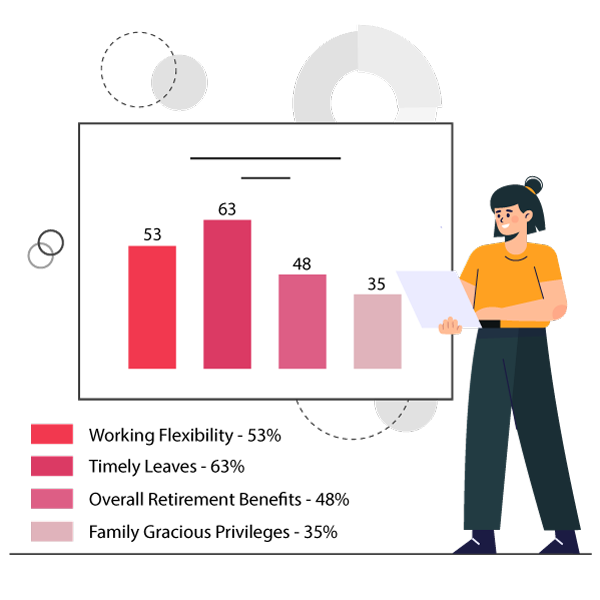
The results of the survey contributing to the happiness of the employees are as follows percentage-wise:
1. Working Flexibility – 53%
2. Timely Leaves – 63%
3. Overall Retirement Benefits – 48%
4. Family Gracious Privileges – 35%
Survey 3: According to the third survey of the University of Pennsylvania, ‘The survey results revealed that no compensation or the delay in providing the compensation either affected the overall employee’s performance in the organization or triggered him to resign sooner than expected. However, such activities highly provoked the low retention of the workers in the company.’
Conclusion
Every company must adopt the ‘compensation and benefits in their policies to help companies grow tremendously in the future. Suppose your company is looking to retain the best talent of your organization for the long term without any problems. The organization’s best talent is always on the verge of getting attract due to the other companies’ good packages and other benefits. In that case, engaging them via the means of Compensation and Benefits can be an excellent choice to make! It will also help companies themselves in better growth and fast progress.
Love your employees, and they will love you back!
Appreciate your employees, and they will respect you back!
Make your employees happy, and they will travel miles to return that happiness by ten folds to you!
Always remember – “Right talent as well as client satisfaction are the two tools for a company’s success!”
Join a Community of 1,00,000+ HR Professionals






